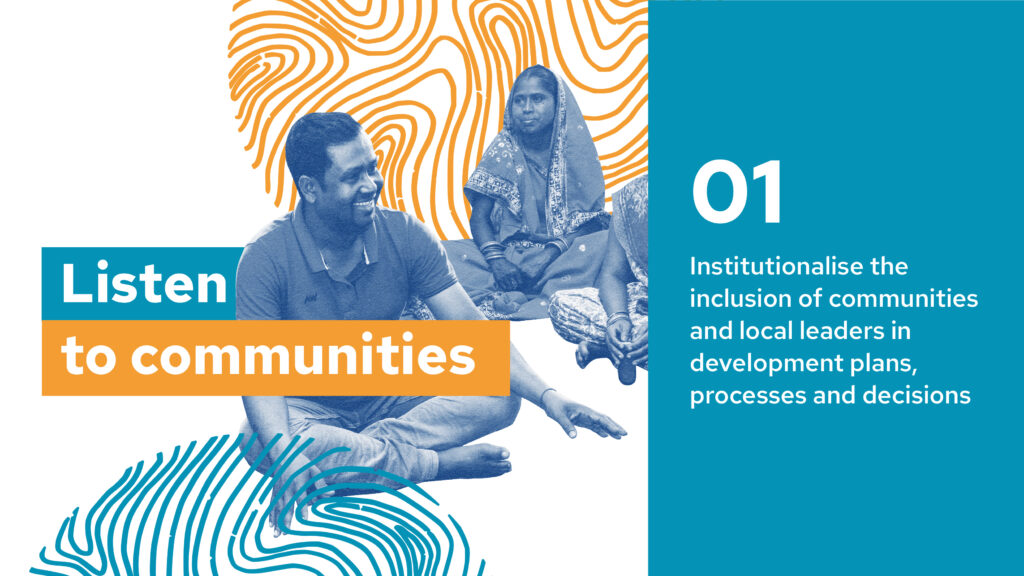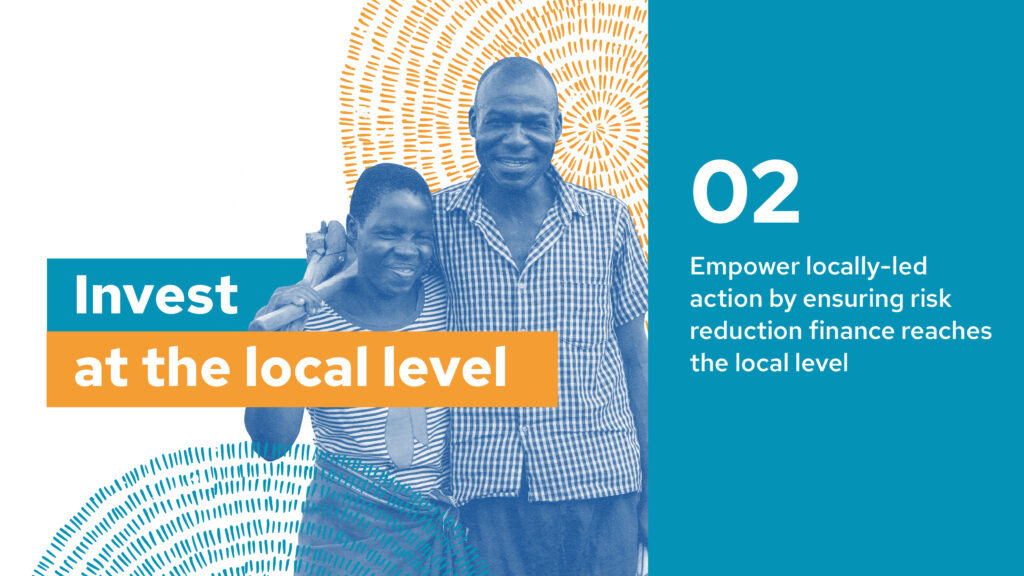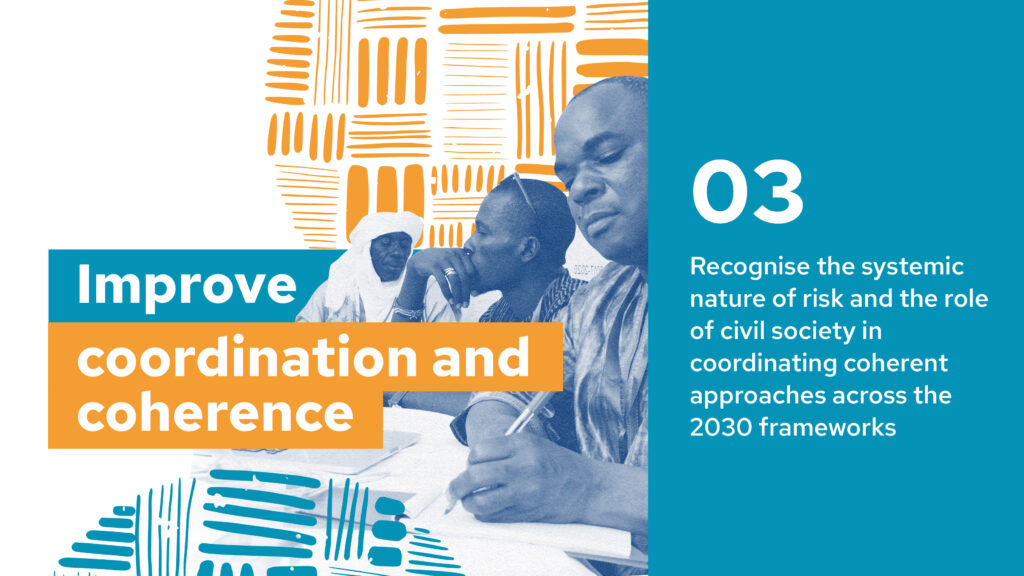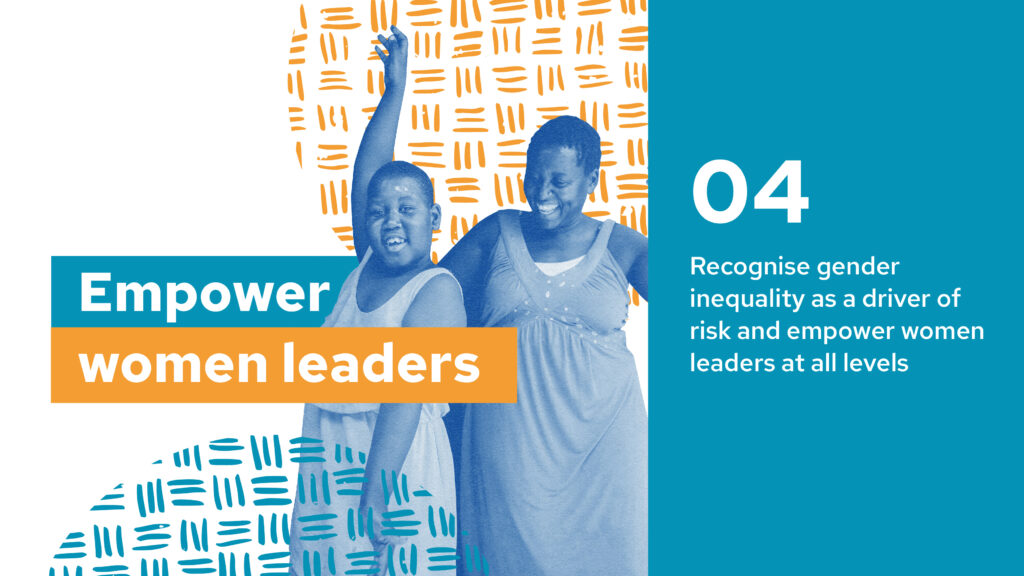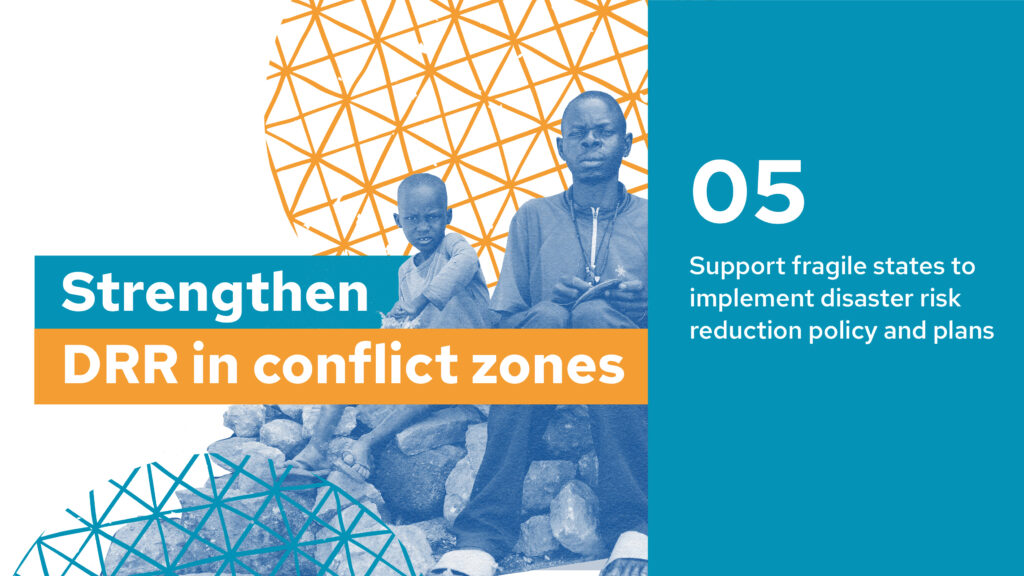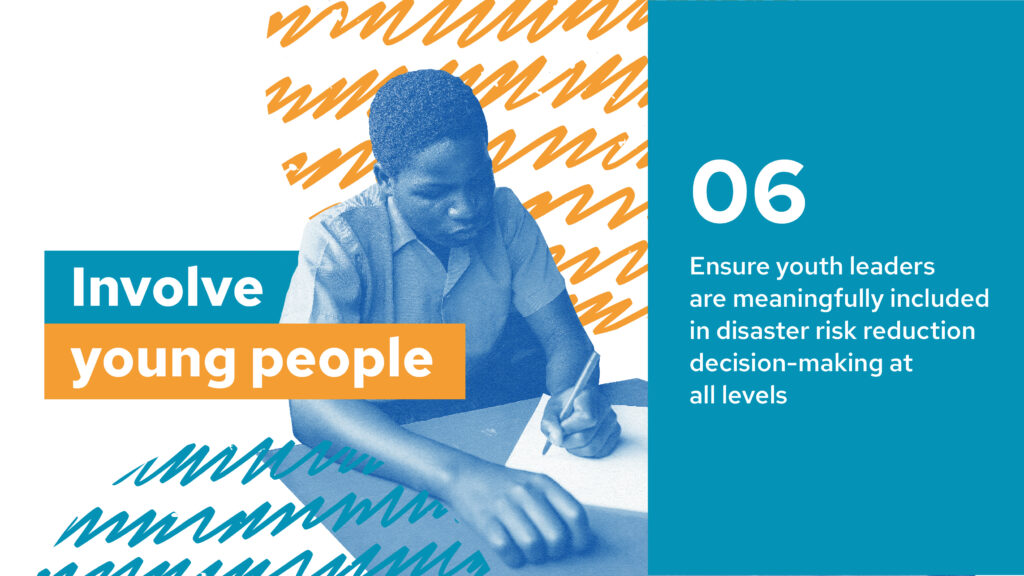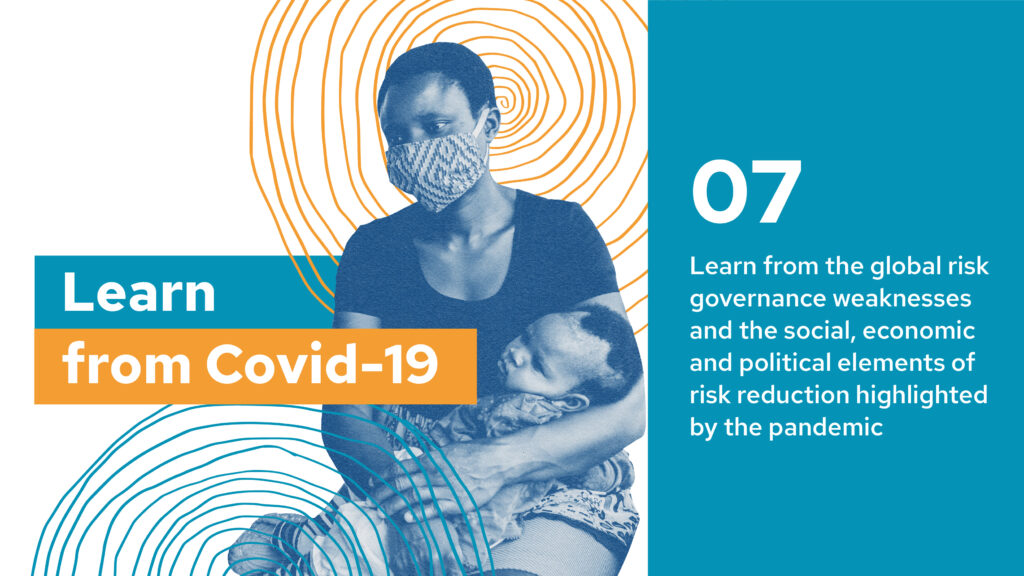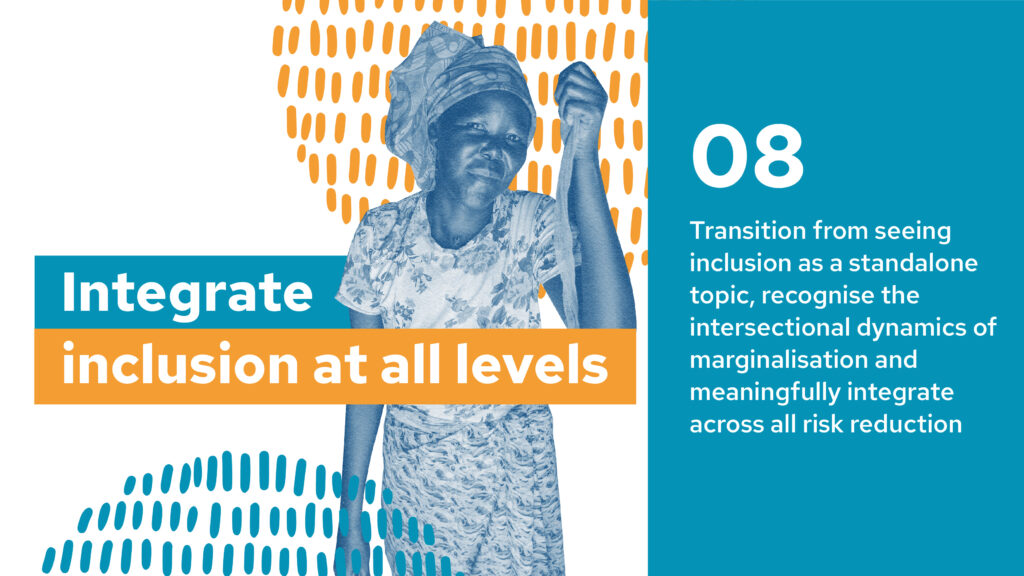Join our call to action to put risk-informed development at the heart of the global goals.
We want world leaders and decision makers attending the United Nations High-level Political Forum on Sustainable Development 2022 (HLPF) to champion (1) localisation, (2) risk-informed development, and (3) civil society led collaboration as a means to achieving the sustainable development goals.
Our members have identified eight priority action areas that decision makers, member states and fellow civil society organisations need to work together on.
You can get involved in supporting our calls to action by downloading and sharing the images below for Twitter, Facebook and LinkedIn – using #HLPF and tagging GNDR.
These priority action areas were established by our members in advance of the Global Platform for Disaster Risk Reduction 2022 (GPDRR).
We want to ensure that the achievement of the sustainable development goals is connected to the priorities of the Sendai Framework for Disaster Risk Reduction and that a risk-informed approach to development is undertaken.
Specifically, GNDR calls for global decision makers to support and champion the following messages:
